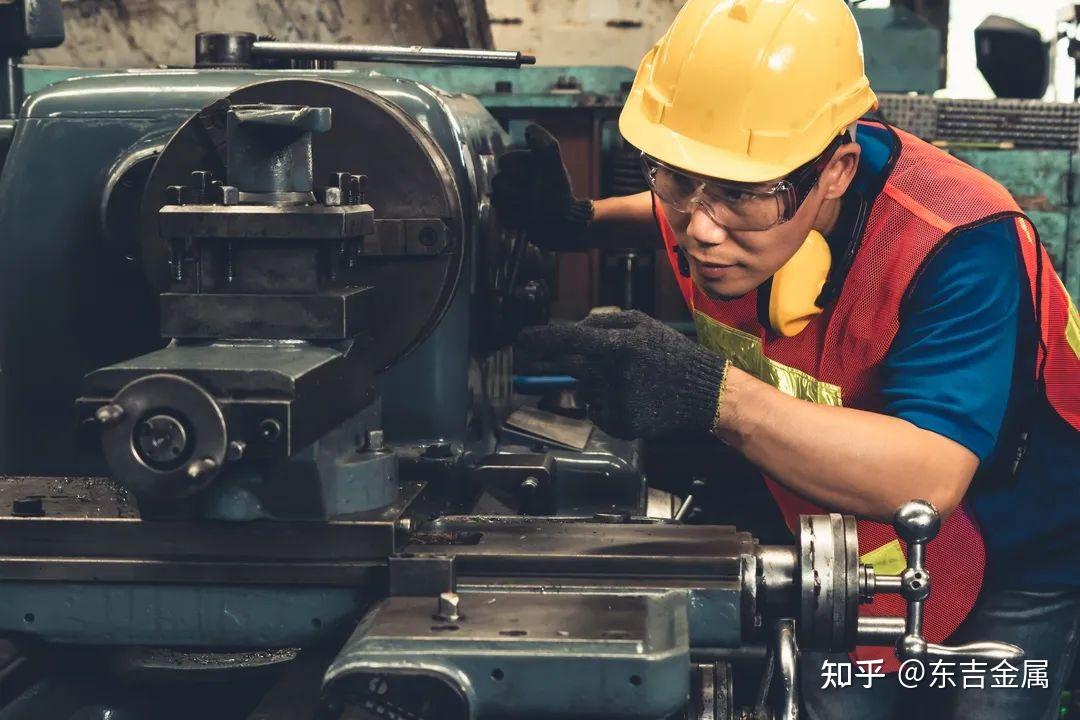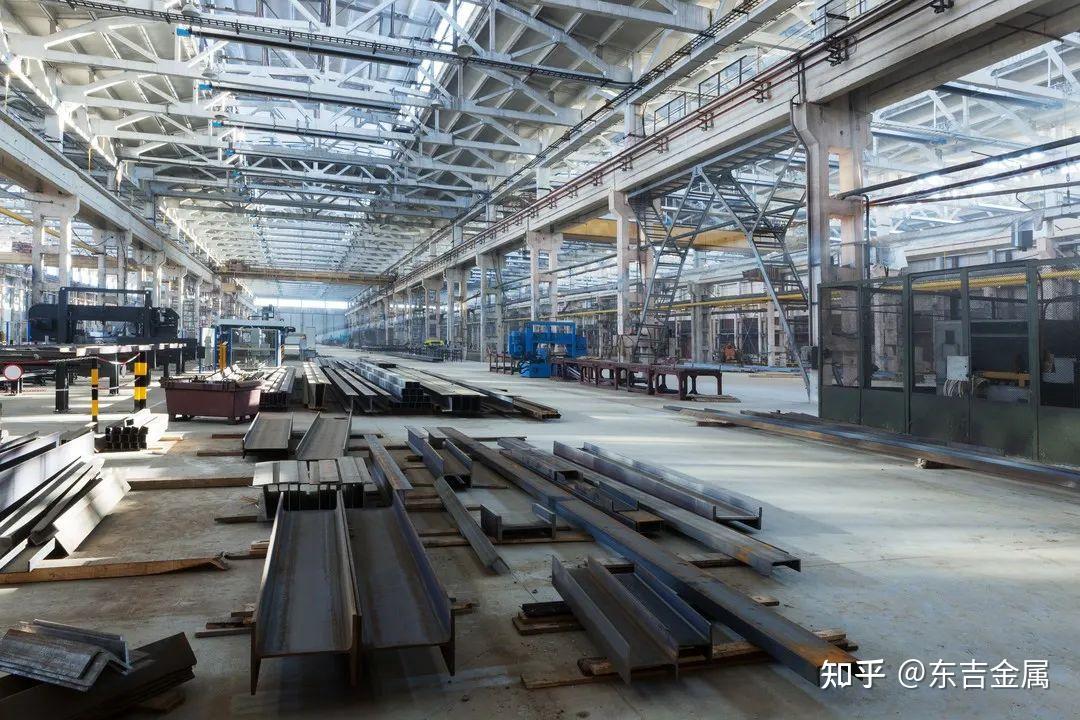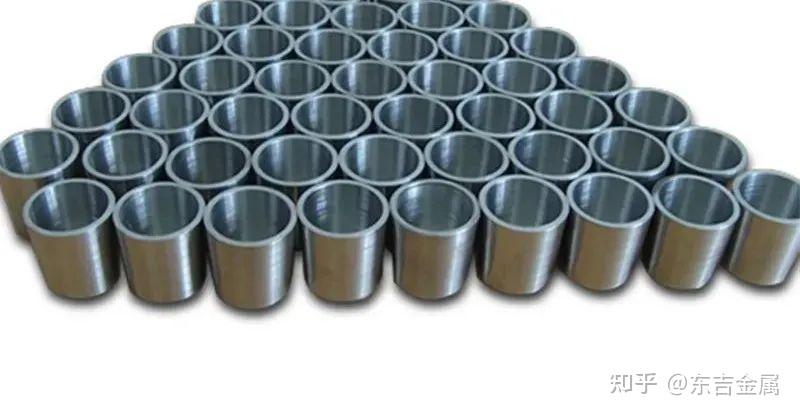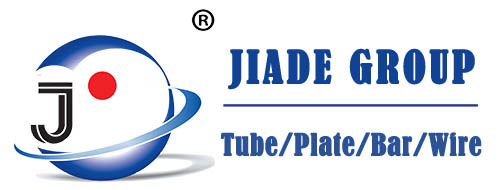Beginning in the 20th century, some chemical elements that could not be used in the past began to play an important role in industry, and these chemical elements are collectively known as rare elements or rare metals. Most rare metals were discovered in the late 18th and early 19th centuries, so their industrial application was later than other commonly used metals, but many of the rare metals have long since become commonly used in modern industrial technology.
Tungsten (W), molybdenum (Mo) and its alloy materials in the VI. subgroup of Mendeleev periodic system are rare metal materials with high melting point, tungsten and molybdenum are widely used in electronics, medical, glass, iron and steel metallurgy and other industries because of their unique high melting point, good electrical and thermal conductivity and superior corrosion resistance and radiation resistance.

01 Reserves of tungsten and molybdenum in China
The proven rare metal resources in China are abundant and large-scale. The reserves of many rare metals occupy the first place in the world, among which molybdenum, tungsten and other mineral resources are even richer. According to statistics, by 2020, China’s tungsten reserves have reached 2.22 million tons and molybdenum reserves have reached about 3.73 million tons.
China’s molybdenum reserves are abundant and widely distributed, relatively concentrated in five provinces: Henan, Jilin, Guizhou, Shaanxi and Hunan. Tungsten resources are relatively concentrated in four provinces: Jiangxi, Henan, Hunan and Fujian. In recent years, the mining, smelting, processing and trading enterprises of China’s tungsten industry have been gradually collected.
The distribution of rare metal resources such as molybdenum and tungsten in China is very regional. Facing a huge crisis of demand and dwindling resources, it is inevitable to increase exploration efforts and reduce waste. At the same time, in terms of production, it is necessary to integrate enterprises and survive the fittest. In terms of exports, it is also necessary to consciously increase the added value of products and strive for greater profits. Rather than simply selling related metal powder raw materials to obtain meager benefits, these technological improvements must rely on scientific and technological innovation to support.

02 Characteristics of tungsten, molybdenum and tungsten-molybdenum alloys
Tungsten and molybdenum belong to group VII.B elements in the periodic table, which are typical metals with high melting points, and their basic properties are similar, but they also have their own characteristics. The surface of tungsten and platinum metal is silver-gray luster, the powder is dark gray, the melting point is high, the strength is high, the elastic modulus is high, the expansion coefficient is small, the vapor pressure is low, and the electrical and thermal conductivity is excellent, but tungsten and molybdenum have the common shortcomings of high-temperature oxidation and low-temperature brittleness.

The purpose of tungsten and molybdenum alloying is to further improve its high-temperature strength, improve oxidation resistance and improve welding performance, and prepare heat-resistant alloys or hot-strength alloys applied to high temperatures of 1000-2000 °C. Therefore, high temperature resistance is one of the important indicators of superalloys.
03 Uses of tungsten and molybdenum and their application fields
At present, the research of refractories in the world has developed from the traditional “high purity, ultra-fine and uniform” to “nano, composite design and integrated manufacturing”. Through these advanced technologies, refractory tungsten alloy materials can not only retain their excellent properties such as high melting point and corrosion resistance, but also greatly improve their comprehensive mechanical properties. At present, the research and application of refractory metals are still far behind other metal materials. Therefore, it is the focus of current research to further optimize and improve the processing technology of various tungsten alloy materials according to the requirements of different application fields through technological transformation.

Tungsten alloy has been widely used in aviation/aerospace, military equipment, electronics, chemical industry and many other fields due to its comprehensive properties such as high density, high strength, low coefficient of thermal expansion, corrosion resistance and good machinability.

The application of molybdenum in the steel industry occupies the first position, accounting for about 80% of the total consumption of molybdenum, followed by the chemical industry, accounting for about 10%. In addition, molybdenum is also used in electrical and electronic technology, medicine and agriculture, accounting for about 10% of total consumption.
Non-ferrous alloys are formed by adding other elements (such as titanium, zirconium, hafnium, tungsten and rare earth elements, etc.) to molybdenum as the matrix, which not only play a role in solution strengthening and maintaining low-temperature plasticity of molybdenum alloys, but also form stable and diffusely distributed carbide phases to improve the strength and recrystallization temperature of the alloy. Molybdenum-based alloys are used in high-heating components, extrusion abrasives, glass melting furnace electrodes, jet coatings, metalworking tools, spacecraft parts, etc., because of their good strength, mechanical stability, and high ductility.
After decades of rapid development, especially since the reform and opening up, China’s tungsten and molybdenum industry as a whole has reached a high level, and has formed a complete industrial system from geological exploration, mining, mineral processing to smelting and processing, economy and trade, design, scientific research, education, etc., which can produce thousands of product varieties, which can basically meet the needs of the national economy, and some process technologies and products have approached or reached the international advanced level, and the reserves, production, trade and consumption of tungsten and molybdenum rank first in the world. However, we should also see that while the tungsten and molybdenum industry is developing rapidly, it has also exposed many problems, such as serious waste of resources, low level of technical equipment, disorderly competition in the industry, unreasonable structure of export products, low prices, etc., and tungsten and molybdenum resources have been facing the danger of depletion.
China is a big country of tungsten and molybdenum resources, tungsten and molybdenum production and export volume are in the forefront of the world, but it is far from being a tungsten and molybdenum economic power, tungsten and molybdenum deep processing technology, equipment and product quality are still very backward compared with foreign countries, and it is necessary to effectively control the scale of investment in tungsten and molybdenum mining and primary smelting and processing products, and curb low-level duplicate construction; It is necessary to be market-oriented, vigorously integrate and ban private enterprises and small and medium-sized enterprises with high energy consumption, high pollution and low added value of products, improve industrial concentration, form a world-class large-scale tungsten enterprise group, and form a number of world-renowned brands with independent intellectual property rights; Increase investment in scientific research, improve the level of technology and equipment for mining and smelting, improve and promote new equipment and new processes, optimize product structure, vigorously develop deep-processed products and high-value-added terminal products, encourage the development of products with independent intellectual property rights, fully develop tungsten and molybdenum deep-processing products, improve the utilization efficiency of tungsten and molybdenum resources, and comprehensively enhance industrial economic benefits; It is the future development direction of tungsten and molybdenum deep processing industry to increase the export share of deep processing products with high technical content and high added value, such as high specific gravity tungsten alloy, cemented carbide, molybdenum wire, molybdenum strip, molybdenum shaped parts, molybdenum alloy, etc., and optimize the product structure of tungsten and molybdenum in China.

